Resources
Get Matched to the Right Builder
FIND THE PERFECT CUSTOM HOME BUILDER WITH OUR FREE ASSESSMENT
Tired of feeling overwhelmed? Look no further. We'll match you to the right builder in the Houston area and save you months of valuable time and money you'd spend trying to find one on your own. Click below to get started!
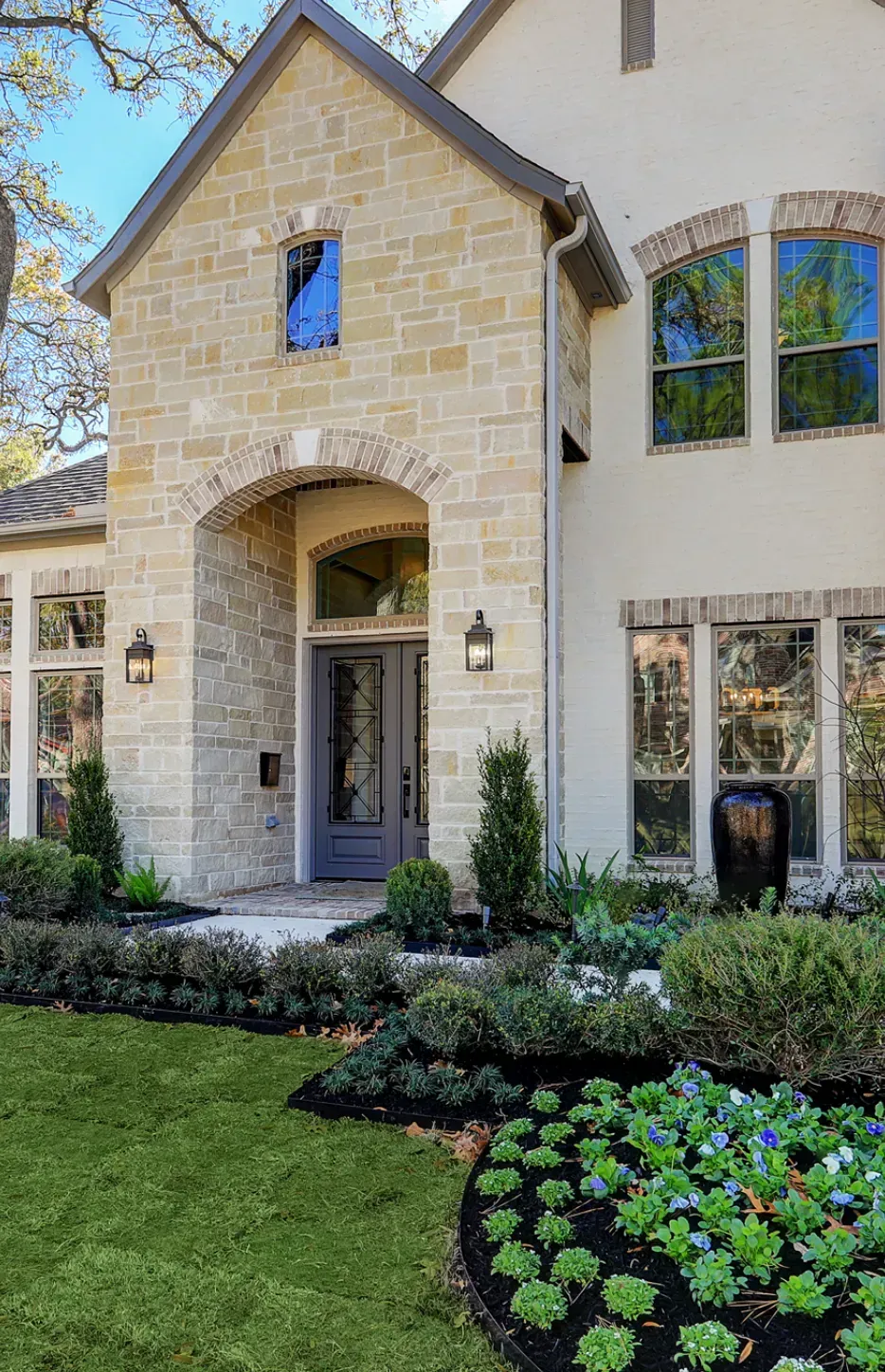
Download The Ultimate Custom Home Building Guide
A Step-by-step guide to building your custom dream home.
Download The Ultimate Custom Home Building Checklist
Finance

Finding Lot

Best Builder

Explore Our Gallery of Custom Homes
Browse our finished projects that display the craftsmanship of the builders we’ve matched with homeowners – turning dreams into reality.

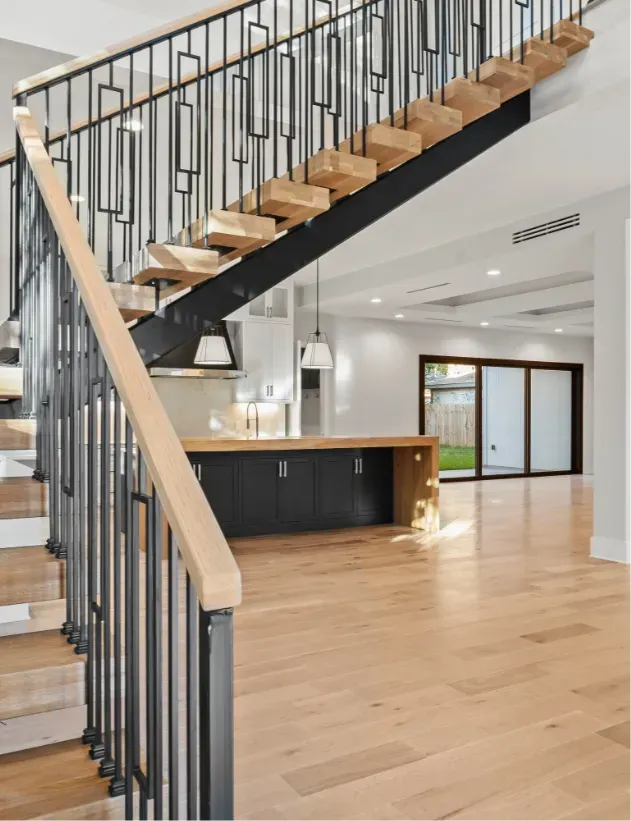

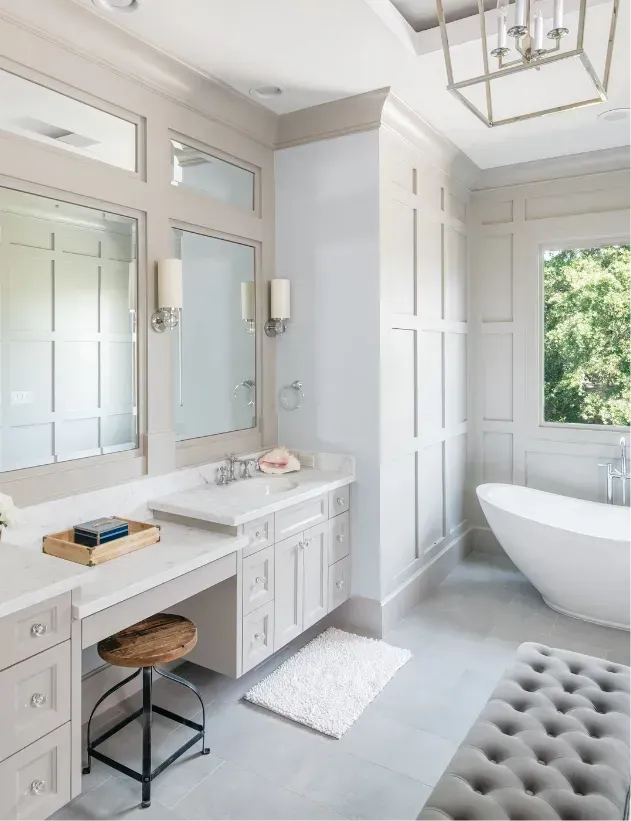
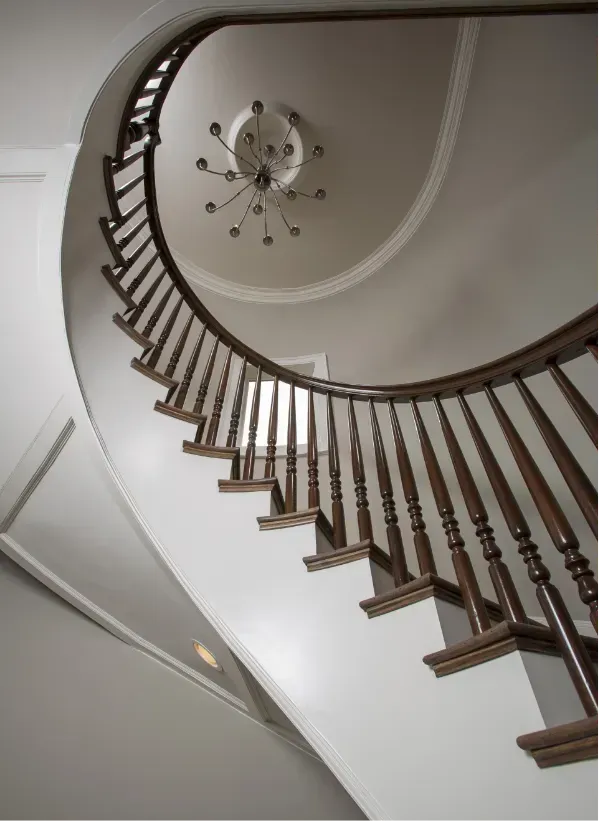
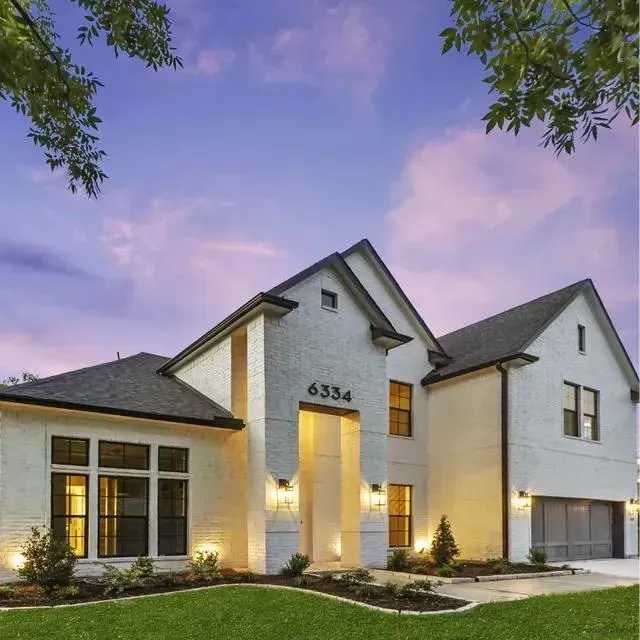
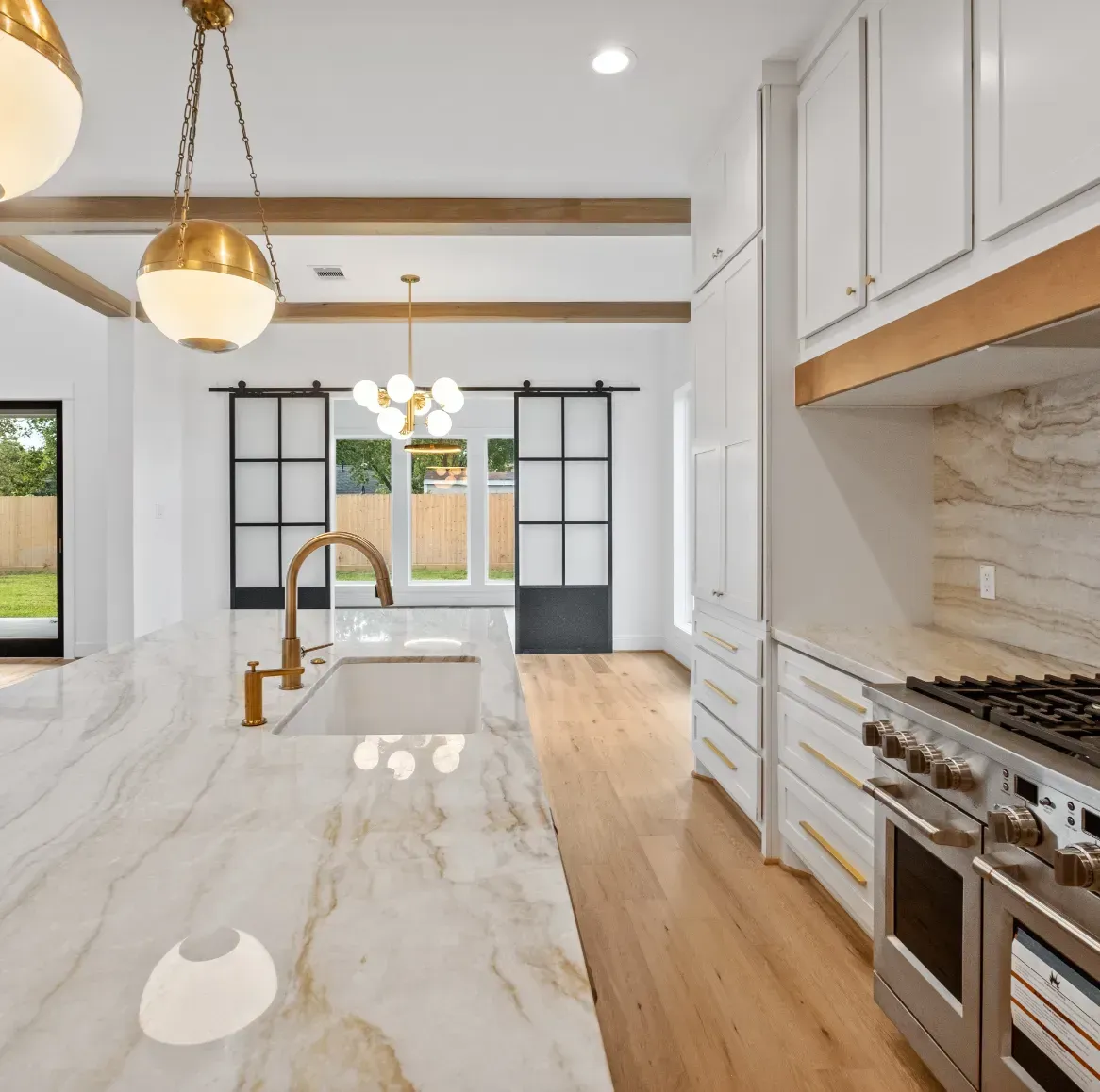
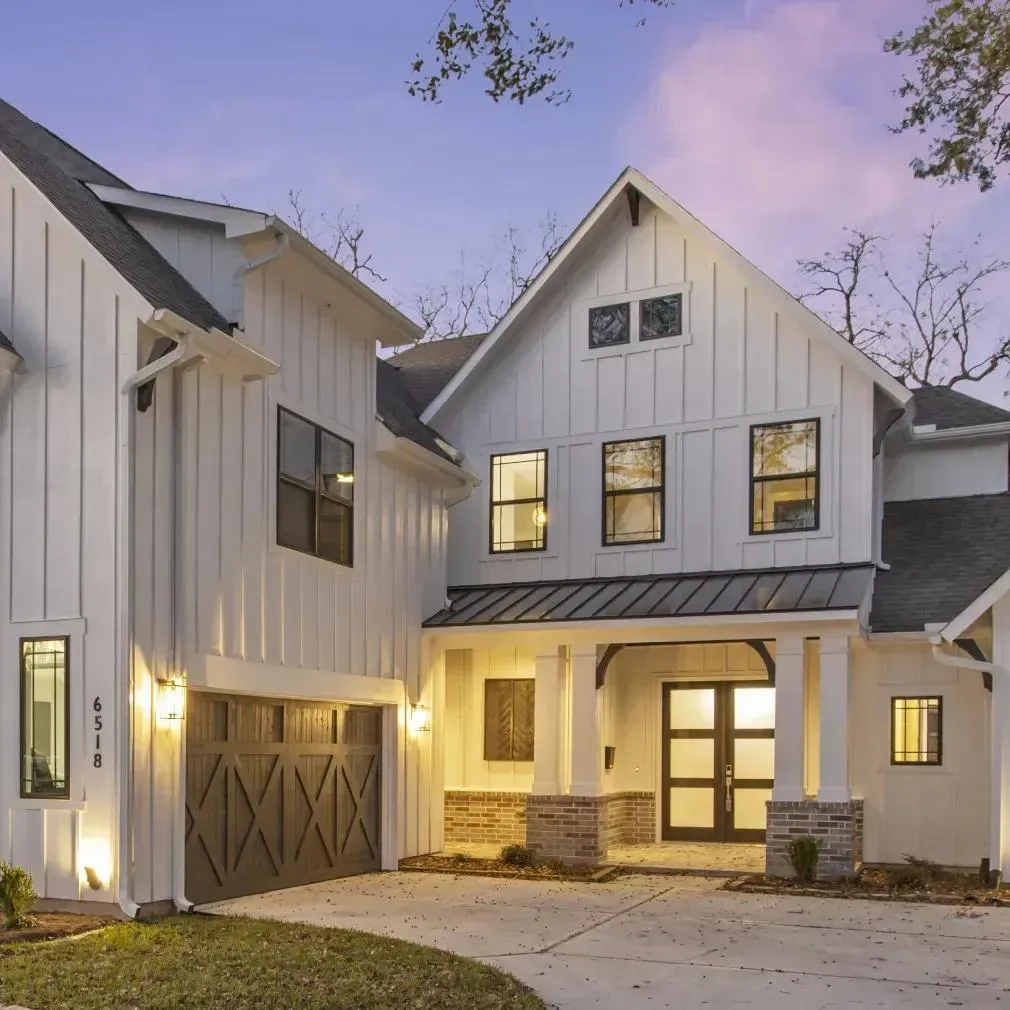

BLOG
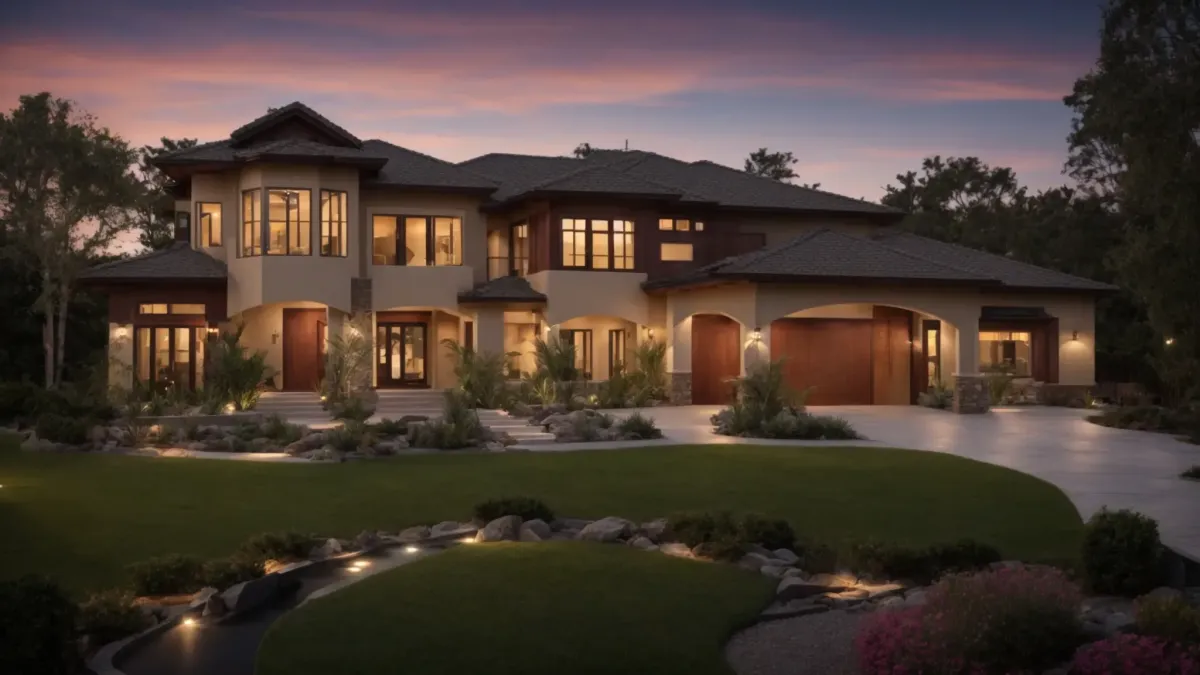
What to Know About Custom Home Building Timelines
Building a custom home is a complex process with many stages. How long does it actually take? This article breaks down the key phases of custom home construction, from initial planning to final move-in. You'll learn what impacts the timeline and how to keep your project on track. Understanding the typical timeframes for each stage will help you set realistic expectations and better plan your custom home journey.
Key Takeaways
Custom home construction involves key phases from planning to move-in, each with average durations.
Effective communication with builders and timely decision-making is crucial for maintaining the construction timeline.
Preparing for unexpected delays and building flexibility into the timeline helps manage potential setbacks.
The final walkthrough process ensures all elements meet expectations before moving in.
A post-construction settling-in period allows for adjustments and addressing any remaining issues.
Understanding the Custom Home Construction Timeline

Understanding the custom home construction timeline involves each stage's key milestones and average durations. The process can vary in complexity, from foundation work to drywall installation and carpentry. Factors like weather conditions, such as snow, can impact the overall construction timeline. This section explores the essential phases and timeframes in building a custom home.
Key Milestones in the Home Building Process
The custom home-building process encompasses several key milestones, each marking significant progress in the project. These milestones include securing a construction loan, finalizing the design with the general contractor, breaking ground, completing the foundation and basement, framing the space, and navigating potential supply chain challenges. As homeowners move through these stages, they understand their future living space and can anticipate the exciting moment when their custom home becomes a reality.
Average Duration for Each Stage of Construction
Custom home construction timelines vary, but each stage typically has an average duration. Soil preparation and foundation work often take 1-2 weeks, while framing can span 4-8 weeks, depending on the home's size and complexity. Interior work, including bathroom and kitchen installations, usually requires 6-8 weeks. Finishing touches and final inspections may take an additional 2-4 weeks. Effective project management throughout these stages is crucial for maintaining the timeline and ensuring a smooth construction process.
Initial Steps Before Construction Begins

Before construction begins on a custom home, several crucial steps set the foundation for success. These include land purchase, design finalization, and pre-construction meetings with builders. The National Association of Home Builders emphasizes the importance of setting realistic expectations throughout this process. Factors such as interior design choices and renovation considerations can influence the timeline, affecting everything from ceiling installations to overall project completion.
Factors Affecting Timeline From Land Purchase to Design
Various factors influence the timeline from land purchase to design in custom home construction. Securing the right plot of land and finalizing the house design can take several weeks to months. During this phase, homeowners work closely with architects and builders to develop plans that meet their needs and comply with local regulations. Project management is crucial in coordinating subcontractors, ensuring efficient progress from foundation to skeleton construction. The complexity of the design, local permitting processes, and availability of materials can all impact the duration of this initial stage.
Importance of Pre-Construction Meetings
Pre-construction meetings are vital in setting the stage for a successful custom home build. These gatherings allow homeowners, builders, and architects to discuss crucial aspects such as paint choices, drainage systems, and strategies for handling extreme weather conditions like intense heat. During these meetings, the team can address potential challenges in the building process, ensuring that all parties are aligned on the project's goals and expectations before breaking ground.
Setting Realistic Expectations Throughout the Process
Setting realistic expectations throughout the construction process is crucial for a smooth custom home build. Homeowners should understand that building codes, zoning regulations, and concrete work can impact timelines. The construction process involves multiple stages, each with potential challenges. A clear understanding of these factors helps manage expectations and reduces stress during the project.
Design Phase and Its Impact on the Timeline

The design phase significantly impacts the home construction timeline, involving collaborative meetings and revisions. This stage addresses crucial elements like ventilation and cabinetry while navigating permit approvals. Effective communication between homeowners and builders is essential to manage potential delays, such as those caused by rain, ensuring a smooth progression through the design process.
Collaborative Design Meetings and Revisions
Collaborative design meetings are crucial in shaping the custom home construction timeline. During these sessions, homeowners, architects, and builders discuss key elements such as roof design, plumbing layouts, and floor plans. These meetings often lead to revisions that refine the design, ensuring it aligns with the homeowner's vision and maximizes their investment. The frequency and productivity of these meetings can significantly impact the overall timeline.
Duration for Securing Permits and Approvals
The duration for securing permits and approvals can significantly impact the custom home construction timeline. This stage involves obtaining necessary permissions for various design aspects, including electrical wiring and structural elements. Local authorities review the plans to ensure compliance with building codes and zoning regulations. The process typically takes 4-8 weeks, depending on the complexity of the design and the efficiency of the local permitting office. Homeowners and builders must factor in this time when planning the overall construction schedule, as it affects the start date for groundbreaking and subsequent phases of the project.
The Construction Process Timelines

The construction process timeline for a custom home involves distinct phases, from site preparation to final inspections. Homeowners can expect various stages, including framing and wall construction, each influenced by factors like climate and budget. Understanding common delays and inspection timing helps manage expectations throughout the home improvement journey, bringing dream homes closer to reality.
Breaking Down Each Phase of Actual Construction
The actual construction of a custom home unfolds in distinct phases, each contributing to the realization of the floor plan. Builders meticulously follow a sequence that brings the design to life, from laying the foundation to installing water systems and finalizing the punch list. Understanding these phases helps homeowners track progress and anticipate key milestones in their project.
Common Delays During Site Preparation and Framing
Site preparation and framing stages often encounter common delays in custom home construction. Weather conditions, such as heavy rain or extreme temperatures, can hinder progress. Unforeseen soil issues may require additional excavation or foundation work. Supply chain disruptions can delay the delivery of framing materials. Builders typically build buffer time into their schedules to account for these potential setbacks.
Understanding Inspections and Their Timing
Inspections are crucial in the custom home construction timeline, occurring at key stages to ensure compliance with building codes and quality standards. Local building officials typically conduct these inspections, which include foundation checks, framing reviews, and final occupancy assessments. Builders schedule these inspections strategically, often allowing 1-3 days each to minimize delays and keep the project on track. Homeowners should know that failing an inspection can lead to additional work and potential timeline extensions, emphasizing the importance of quality workmanship throughout the construction process.
Tips for Adhering to the Custom Home Construction Timeline

Adhering to a custom home construction timeline requires effective communication with builders, timely decision-making, and preparation for unexpected delays. Homeowners can maintain project momentum by staying engaged, making prompt choices on materials and finishes, and understanding potential setbacks. These strategies help ensure a smoother construction process and keep the project on track toward completion.
Communicating Effectively With Your Builder
Effective communication with the builder is crucial for adhering to the custom home construction timeline. Homeowners should establish clear communication channels, such as regular meetings or updates, to stay informed about progress and promptly address any issues. They should also be prepared to make timely decisions on various aspects of the build, from material selections to design changes. Open and honest dialogue helps prevent misunderstandings and keeps the project moving forward efficiently. Here are key strategies for maintaining effective communication:
Schedule regular check-ins with the builder
Respond promptly to requests for decisions or information
Keep a record of all communications and decisions
Be clear about preferences and expectations
Address concerns or questions as soon as they arise
Importance of Timely Decision Making
Timely decision-making is crucial for maintaining the custom home construction timeline. Homeowners who promptly select materials, finishes, and design elements keep the project moving forward without unnecessary delays. Quick responses to builder inquiries and swift resolution of any issues that arise during construction help prevent bottlenecks in the process. By staying engaged and making informed choices efficiently, homeowners contribute significantly to the smooth progression of their custom home build, ultimately helping to ensure the project stays on schedule and within budget.
Preparing for Unexpected Delays
Preparing for unexpected delays is essential in custom home construction. Homeowners should build flexibility into their timeline, allowing for potential setbacks due to weather, material shortages, or unforeseen site conditions. They can work with their builder to create a contingency plan that addresses common delay scenarios and outlines steps to mitigate their impact. This proactive approach helps maintain project momentum and reduces stress when challenges arise:
Set realistic buffer times for each construction phase
Discuss potential risks and solutions with the builder
Consider alternative materials or suppliers as backups
Stay informed about local weather patterns and seasonal challenges
Maintain a flexible mindset throughout the construction process
Anticipating Completion and Final Steps

As custom home construction nears completion, homeowners approach crucial final steps. The final walkthrough process ensures all elements meet expectations. Key considerations before moving in include safety checks and utility setups. Post-construction, a settling-in period allows for adjustments and addressing any issues. These steps mark the transition from construction to occupancy, finalizing the homebuilding journey.
Understanding the Final Walkthrough Process
The final walkthrough process marks a crucial step in the custom home construction timeline. During this phase, homeowners and builders meticulously inspect every aspect of the newly built home, from the foundation to the roof. This thorough examination ensures all elements meet agreed-upon specifications and quality standards. Homeowners should take this opportunity to identify any minor issues or oversights, allowing the builder to address them promptly before the official move-in date.
Key Considerations Before Moving In
Before moving into a newly constructed custom home, homeowners should address several key considerations. These include scheduling final inspections, obtaining necessary occupancy permits, and ensuring all utilities are properly connected and functioning. Homeowners should also review warranties and maintenance schedules for appliances and systems, familiarize themselves with the home's safety features, and plan for landscaping or outdoor space completion. A thorough cleaning of the property and a final check of all locks and security systems are essential steps before the official move-in date:
Post-Construction Timeline for Settling In
The post-construction timeline for settling into a custom home typically spans several weeks to months. During this period, homeowners gradually acclimate to their new space, identifying any minor issues that may require attention. Builders often schedule follow-up visits to address these concerns and ensure everything functions as intended. This settling-in phase allows homeowners to fully appreciate their custom-built environment and make any final adjustments to truly make the house their home.
Conclusion
Understanding the custom home construction timeline is crucial for homeowners embarking on their dream home journey. From initial planning to final move-in, each phase requires careful consideration, effective communication, and realistic expectations. By familiarizing themselves with key milestones, potential delays, and essential decision points, homeowners can actively contribute to a smoother construction process. Ultimately, a well-managed timeline ensures a more satisfying outcome, transforming architectural plans into a personalized living space that meets the homeowner's unique vision and needs.
Contact Us Today To Learn More
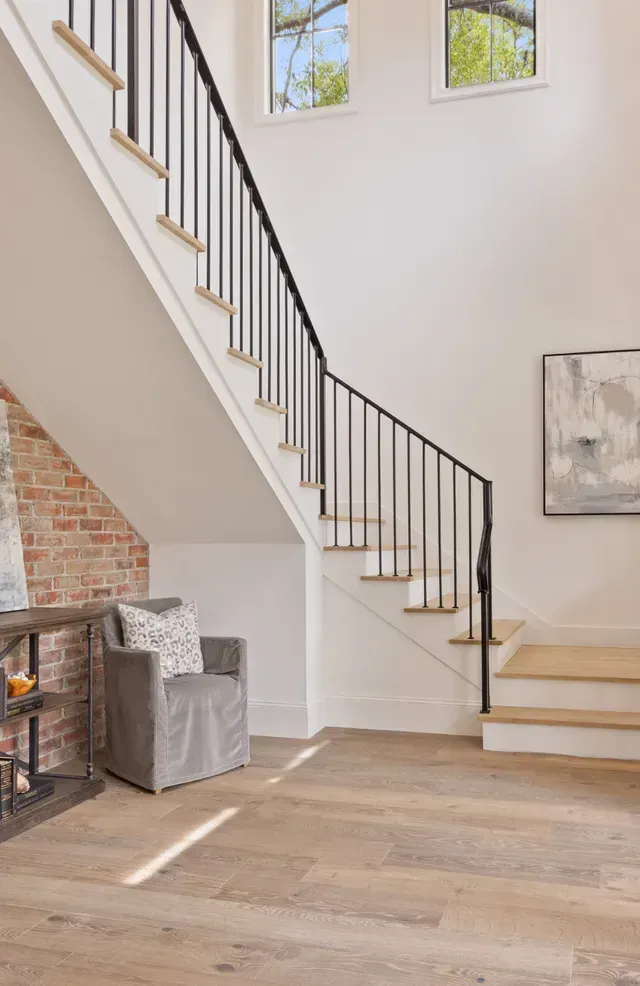
Phone: +1 713-304-5330
Address: 8588 Katy Fwy #450, Houston, TX 77024, United States


